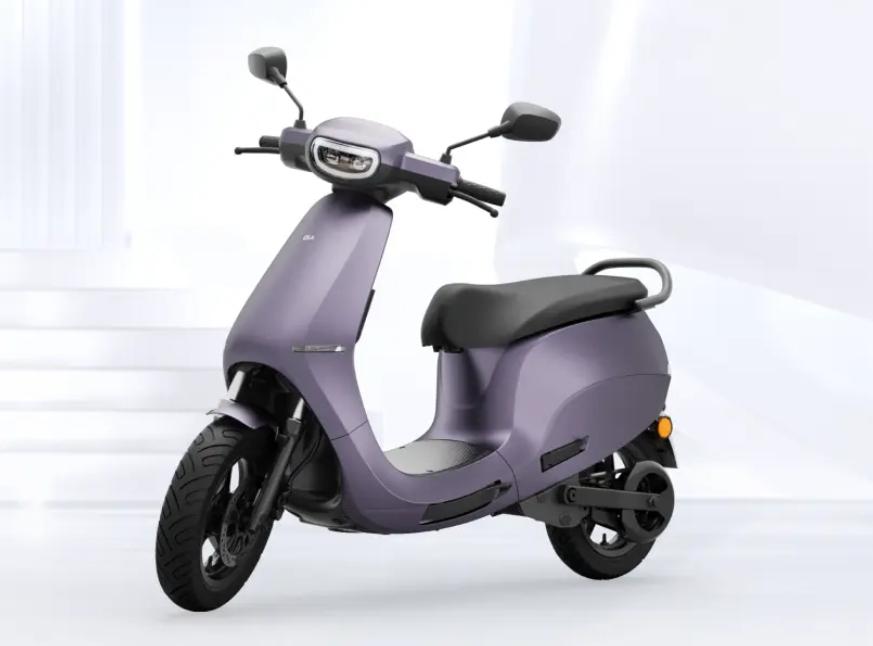
Bengaluru, July 14, 2025 — Ola Electric has released its financial results for Q1 FY26, showcasing strong growth across revenue, vehicle deliveries, and operational efficiency. For the quarter ended June 30, 2025, the company reported a 35.5% quarter-on-quarter increase in revenue from operations, rising to ₹828 crore compared to ₹611 crore in Q4 FY25. This growth comes on the back of improved auto margins, a surge in deliveries, and enhanced product offerings.
In Q1 FY26, Ola Electric delivered 68,192 vehicles, a 32.7% increase from the 51,375 units in the previous quarter. June 2025 marked a critical milestone as the company’s auto business turned EBITDA positive for the first time, driven by a significant boost in gross margins and Ola’s vertical integration strategy. The auto gross margin improved substantially from 13.8% in Q4 FY25 to 25.6% in Q1 FY26 and is expected to rise further from Q2 onwards due to Production Linked Incentive (PLI) scheme benefits.
The quarter also marked a dramatic turnaround in EBITDA figures. Auto segment EBITDA improved from -90.6% in Q4 FY25 to -11.6% in Q1 FY26. At the consolidated level, EBITDA improved to -28.6%. Notably, Ola Electric’s Project Lakshya, a cost optimization initiative, has significantly improved operating efficiencies. Monthly auto operating expenses reduced from ₹178 crore to ₹105 crore. Consolidated opex now stands at ₹150 crore per month, with the company targeting a further reduction to ₹130 crore by the end of FY26.
On the cash flow front, the company’s auto business was nearly operating cash-flow neutral in Q1. Free Cash Flow improved sharply from -₹455 crore in Q4 to -₹107 crore in Q1 FY26, showcasing improving financial discipline.
Product innovation and customer adoption also contributed meaningfully to this performance. The newly launched Gen 3 scooters, which accounted for 80% of total scooter sales in the quarter, offered better margins and reduced warranty claims, reflecting enhanced engineering. Ola’s software platform MoveOS+ saw adoption in nearly 50% of new vehicles sold, up from just 2% in Q4.
In terms of product pipeline, Ola Electric is preparing to launch its vehicles with in-house developed 4680 Bharat cells starting Navratri (Q2 FY26). The company plans to scale production to fully utilize its 1.4 GWh capacity by FY26-end and ramp it up further to 5 GWh through FY27. It is also set to introduce Heavy Rare Earth (HRE) free motors into production from Q3 FY26, marking another step in cost reduction and supply chain independence.
Further bolstering its technological edge, Ola is the only major EV manufacturer currently offering anti-lock braking system (ABS)-equipped two-wheelers (S1 Pro+), and it is developing an in-house ABS solution targeted for deployment by January 2026.
The rollout of Ola’s Roadster X motorcycle also gained momentum during the quarter. Now available in 200 stores across India, the company plans to expand availability during the upcoming festive season.
Looking ahead, Ola Electric expects to sell between 3.25 lakh to 3.75 lakh vehicles in FY26, with projected revenue of ₹4200 to ₹4700 crore. With PLI benefits kicking in from Q2, gross margins are expected to climb to 35%-40%, and the company anticipates full-year auto EBITDA to exceed 5%. The company also expects its auto business to remain EBITDA positive from Q2 onwards.
Through a combination of cutting-edge product innovation, robust cost discipline, and strategic vertical integration, Ola Electric is positioning itself as a formidable player in India’s electric mobility landscape.
Disclaimer:
This article is based on publicly available financial data and official statements released by Ola Electric for Q1 FY26. The information provided is for informational purposes only and does not constitute financial advice or a recommendation to invest in any company. Readers are advised to conduct their own research or consult a financial advisor before making investment decisions. The blog does not hold any responsibility for business or investment outcomes based on the content provided.




